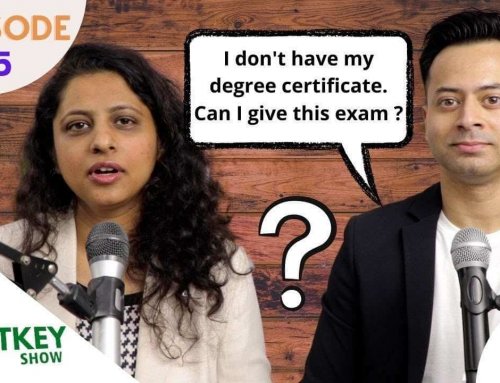1. Protect Your Content
Terms of Use is a website policy that protects your blog content by outlining what visitors can and cannot do with the information on your site. To create the text for your Terms, you can hire an attorney who understands websites and online businesses (not all do) or buy a template from an attorney or company that offers attorney-drafted templates. Do not copy terms from another business because that’s copyright infringement. Also, do not try to write your own; lawyers went to school for several years to learn this stuff for a reason. After you have your website Terms, put your Terms in the footer on every page of your website, including your blog.
You also want to have Disclaimers. These vital paragraphs (often included within the Terms) protect you from liability (that is, getting sued) should someone misuse any content you post on your blog. Bloggers need to make it clear that their content is information they’re putting into the world and they aren’t liable for what readers happen to do (or not do) with that information.
2. Register Your Copyright
To register on the U.S. copyright registration portal, submit an application, payment, and your blog posts. You can register a whole pile at once. Many bloggers get into the habit of registering a bundle of posts every quarter. The cost is minimal and comes with big peace of mind. If you don’t register your blog posts, your recourse if someone steals your blog posts is somewhat limited to a cease and desist letter or the Digital Millennium Copyright Act (DMCA). (You’ll learn about those options in a moment.) Copyright infringement is a serious crime, and registering your blog posts gives you rights against (and monetary reward from) anyone who steals your content. Awards for copyright infringement can range from $750 to $30,000, or even as high as $150,000 under certain circumstances such as willful infringement.
3. Cease and Desist Letter
You can send a simple email to the perpetrator outlining the content taken. Often the realization that they’ve been “caught” is enough to resolve the issue. If sending an email doesn’t work, the next step would be to send a formal cease and desist letter. This letter is a bit heavier-handed than an email, and can be drafted and sent by a lawyer. You don’t have to hire a lawyer to do this, but sometimes bringing in a lawyer results in a quick takedown of the stolen content. A cease and desist letter will specifically outline and reference the posts taken (with links, summaries, etc.) and usually give a 72-hour window to comply. If you’ve registered your content, you can include your copyright registration number in the letter. If the letter doesn’t work, you can proceed to the DMCA.
You may find that Windows Modules Installer Worker process gives high disk usage on a PC. This can be because of the following. Sometimes you see the CPU usage in Windows 8.1/ 10 is very high. During that time, the … Windows modules installer worker – High CPU usage – Win 8.1/ 10.
4. Use the Digital Millennium Copyright Act
With this rule, if someone takes your blog post and puts it somewhere else on the Internet without permission (whether that’s another platform like YouTube, or another website), you as the owner can let the platform or web host know via a takedown notice and the content will be removed. If a content scraper is involved or you aren’t sure who’s behind the infringement, you can search on Who is and figure out the owner and/or the domain host. After you know the platform or host where your posts are landing after someone or a content scraper swipes them, you can contact the owner or host directly. Some sites like YouTube have DMCA takedown procedures; others you can email. The DMCA provides “safe harbor” language for platforms and hosting services. As long as they comply with certain rules in the law (e.g., to have a designated agent for takedown notices), then they won’t be held responsible for hosting infringed material. The good news is that this information must be public on their website so you know whom to contact, as shown in the YouTube takedown procedures above.





